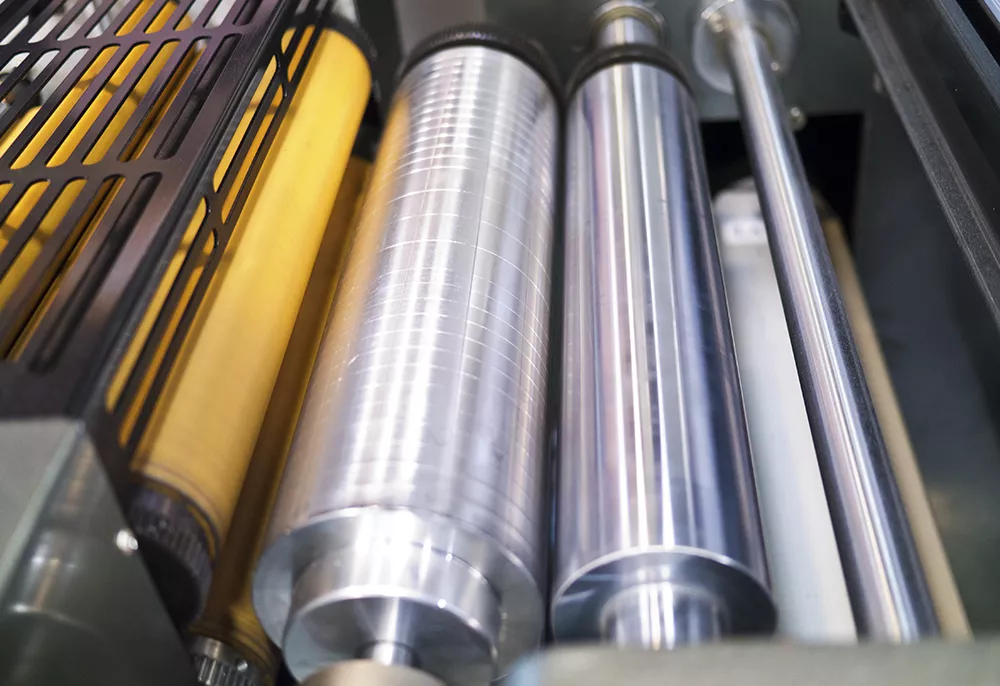The benefits of Magnesium
Why we chose magnesium
The lightest structural metal, magnesium has a density only slightly higher than that of plastics and glass/carbon fiber reinforced polymers. Here are the characteristics of magnesium:
- It is the lightest of all structural metals.
- It has high impact resistance.
- It has a high strength-to-weight ratio.
- Can be cast into net shape (better castability than aluminum).
- It has a very high specific stiffness.
- Provides very effective electromagnetic interference shielding without filters.
- It has excellent heat dissipation. Thin-walled components optimize heat transfer more effectively than aluminum and plastic.
- It has one of the lowest carbon footprints in the entire value chain of any structural material.
100%
Recyclable
75%
Lighter than steel
50%
Lighter than titanium
33%
Lighter than aluminum
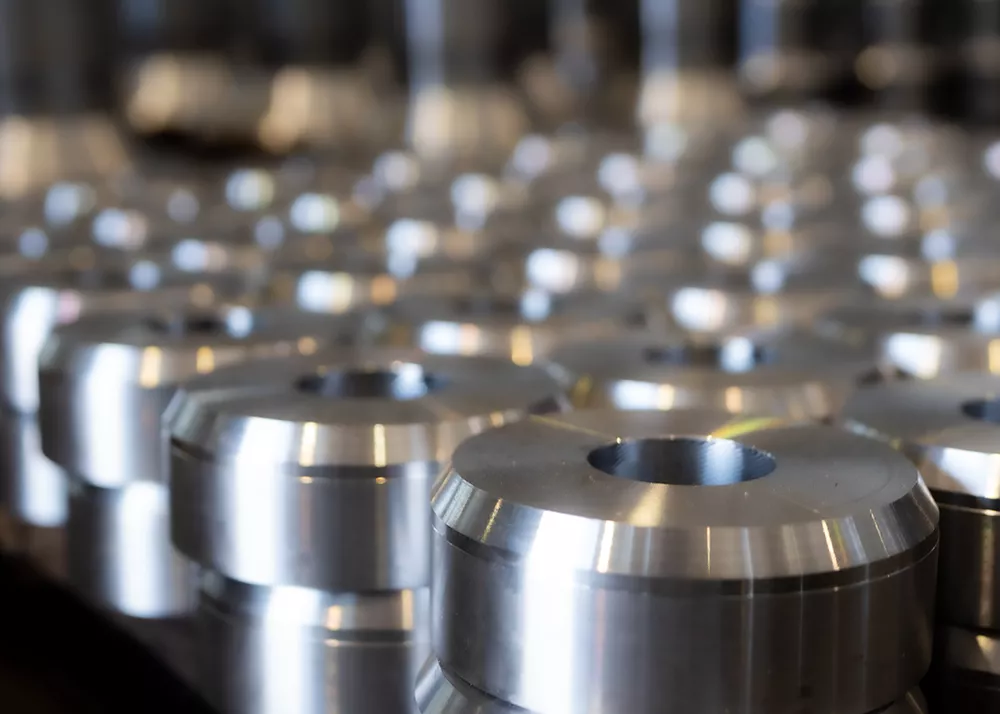
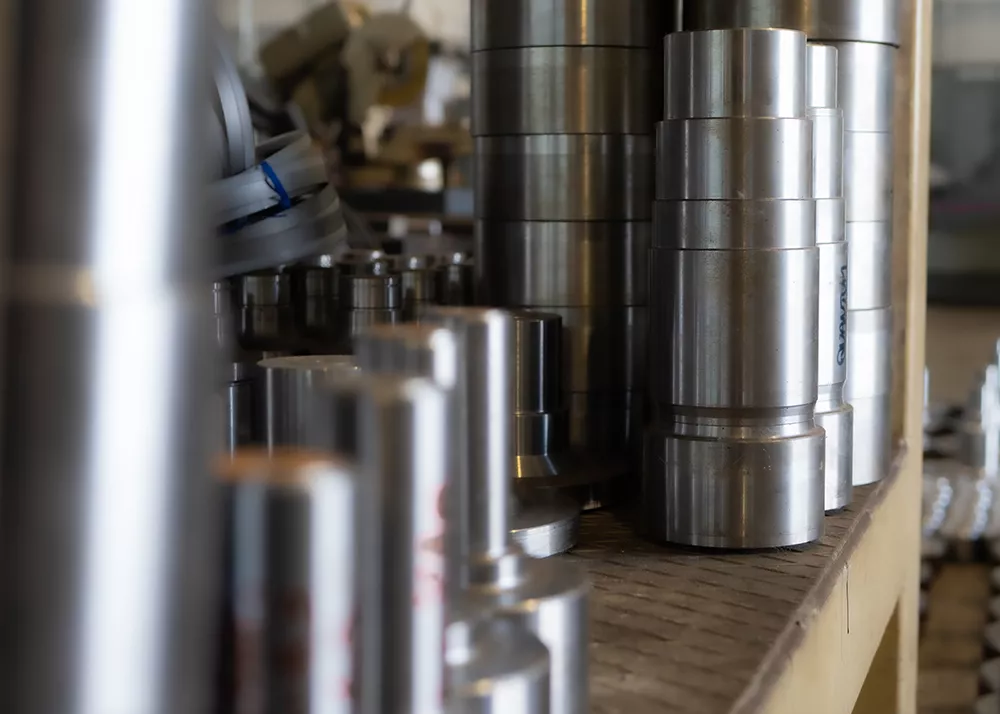
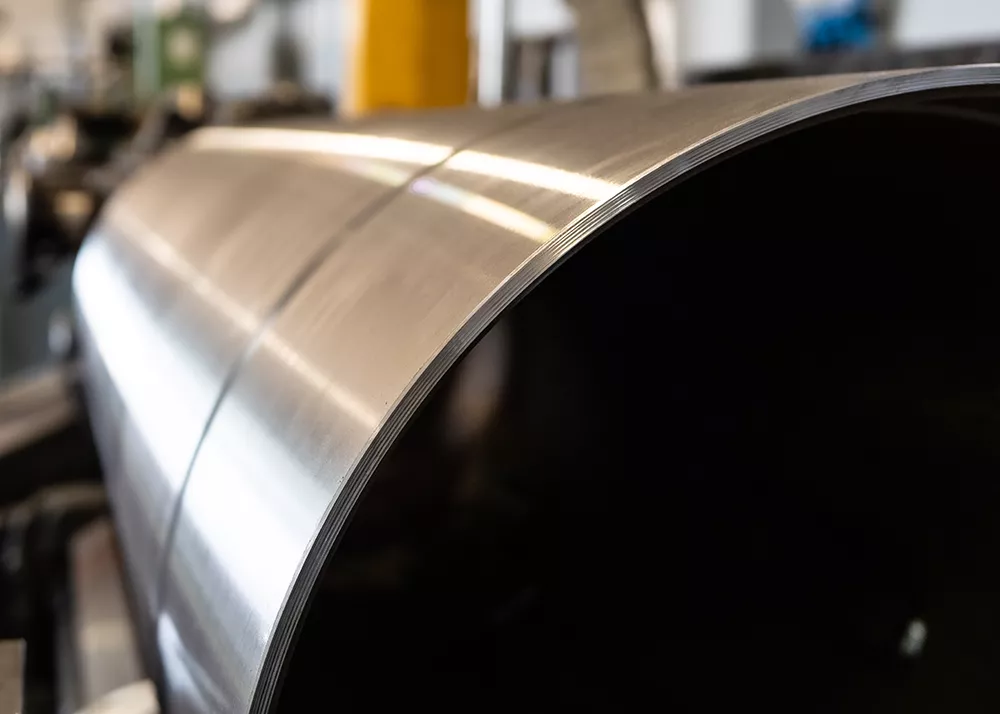
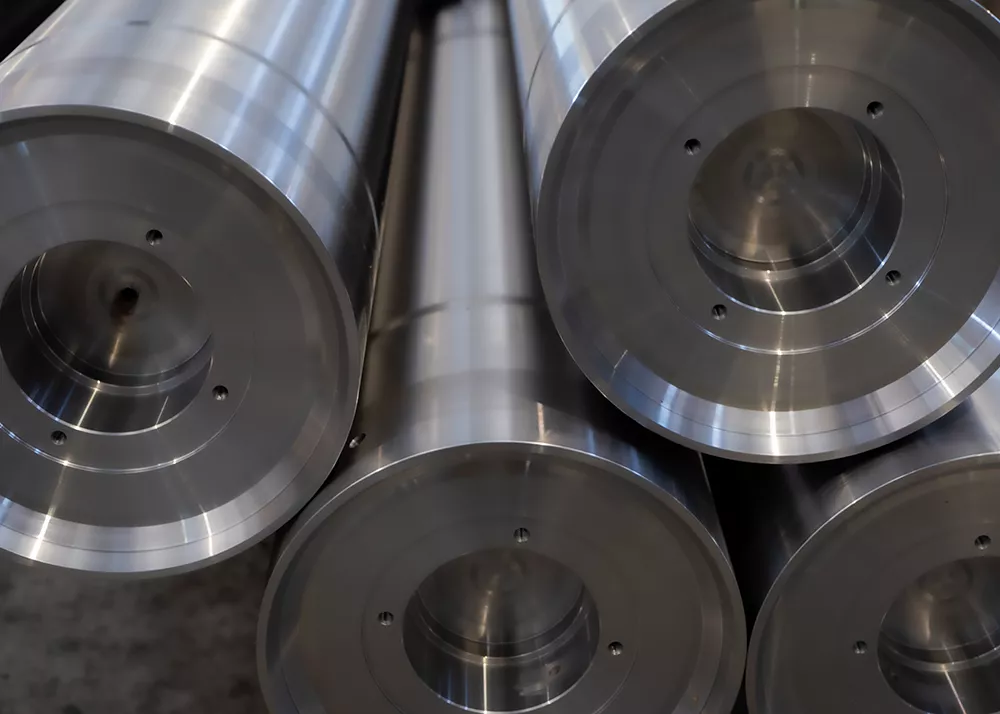
Magnesium and other materials: a comparison
The technical characteristics of magnesium, compared to other popular materials
The comparison with other materials used in the industry allows us to understand for which uses magnesium is ideal
Magnesium and Aluminum
When it comes to performance, there's less competition between magnesium and aluminum than you might think. Chief among the benefits is weight: With magnesium die-cast parts weighing one third of those made from aluminum, engineers and designers can begin to take advantage of the many possibilities magnesium offers.
Additional benefits:
- It has greater or very similar mechanical properties
- It allows you to consume less energy during the production process
- Provides greater corrosion resistance than most aluminum alloys
- It has a damping capacity many times greater than that of aluminum
- Provides casting molds that tend towards a longer life
- Machines at a higher speed, allow for deeper cuts and longer tool life
- It allows for larger, thinner walled, larger and more complicated castings
- It is 33% lighter than aluminum
Magnesium and Steel
As performance standards continue to rise and both designers and engineers demand more from their materials, magnesium is emerging as the gold standard. This is especially true when it comes to comparing magnesium to steel. Magnesium allows for more complsigns with no decrease in strength. And less energy is required throughout the die casting production process.
Additional benefits:
- It offers many times the damping capacity of steel and iron
- Offers part consolidation that creates dramatically reduced tooling costs
- It provides the opportunity to develop complex thin-walled near net shape castings that steel simply cannot do
- It is 75% lighter than steel
- It allows you to consolidate individual components into a single cast magnesium part. This provides a reduction in both assembly time and welding cost while improving stiffness
- It offers better dimensional stability and superior repeatability
Magnesium and Titanium
We are all familiar with the many benefits titanium alloys can offer, from its high strength to density ratio to its corrosion resistance to its high temperature capability. But increasingly, magnesium is gaining acceptance from designers and engineers.
How come? Being 60% lighter, for starters. Also, its ability to spread heat better. And, increasingly important, is the inherent sustainability of magnesium. Magnesium is abundant in both the earth's crust and the ocean; titanium does not.
Additional benefits:
- Depending on the application, it can be stronger per unit volume
- Offers better heat diffusion capabilities
- It is 60% lighter than titanium
